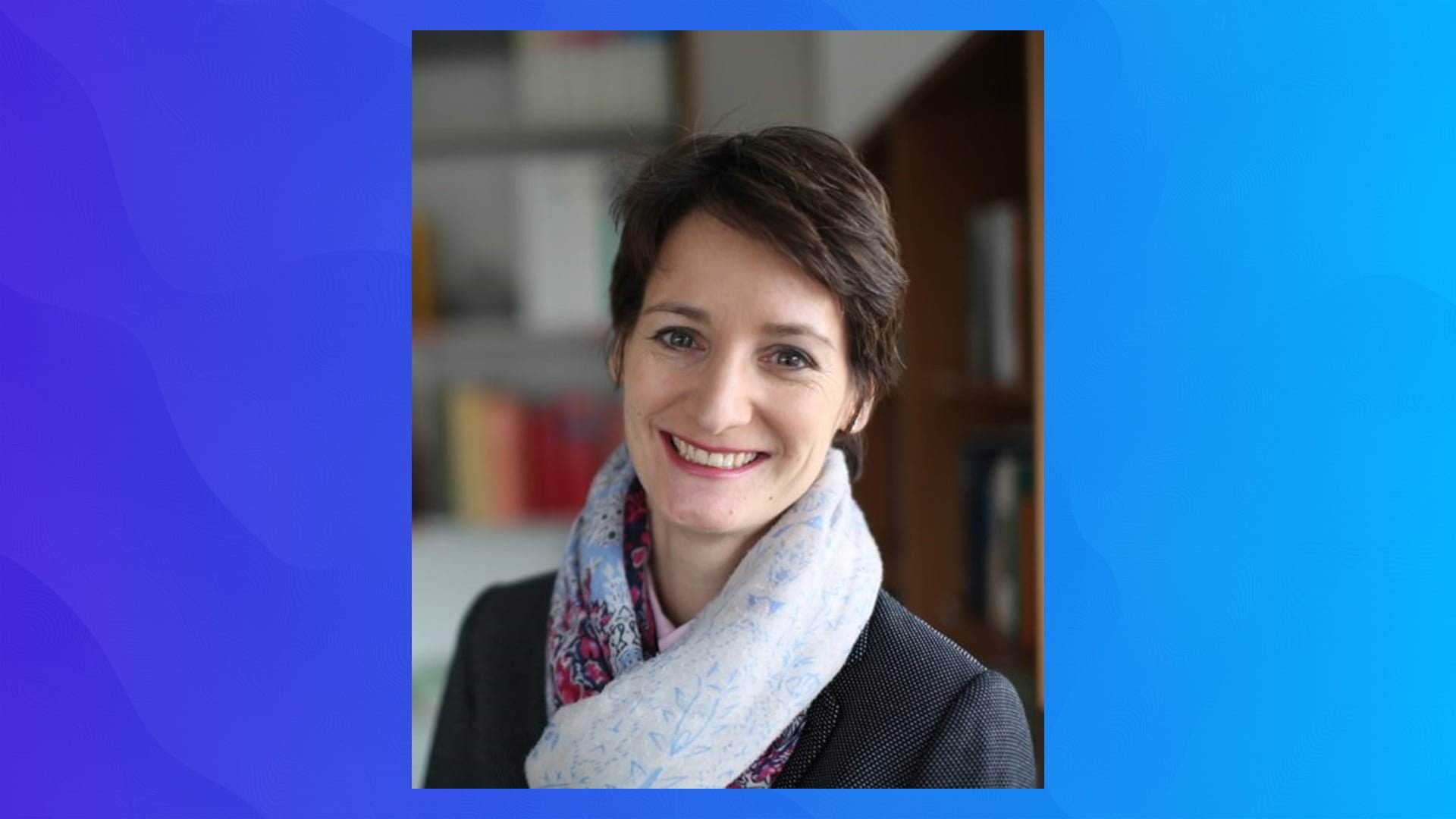AI and Copyright: Who owns the text and images generated by large AI models?

Prof. Dr. Anne Lauber-Rönsberg is a professor of law at the Technical University of Dresden and a member of the Platform Learning Systems. She works on the question of who owns AI-generated images and texts.
Large language models such as ChatGPT can now write texts that are indistinguishable from human texts. ChatGPT is even listed as a co-author in some scientific papers.
Other AI systems such as Dall-E 2, Midjourney, and Stable Diffusion generate images based on short language instructions. Artists, as well as the image agency Getty Images, have accused the company behind the popular image generator Stable Diffusion of using their work to train the AI without their consent, and have filed lawsuits against the company.
In 2017, scientists at Rutgers University in the US showed that when comparing AI-generated and human-generated paintings, test subjects not only failed to recognize the AI-generated products as such, but even judged them to be superior to the human-generated paintings by a narrow majority.
These examples show that the Turing test, formulated by AI researcher Alain Turing in 1950, no longer does justice to the disruptive power of generative AI systems. Turing postulated that if, after chatting with a human and an AI, a human cannot correctly identify which of the two is the machine, then an AI can be considered to have a level of reasoning comparable to that of a human.
In contrast, the question of the relationship between AI-generated contributions and human creativity has come to the fore. These issues are also discussed in the context of copyright: Who owns AI-generated works, who can decide on their use, and must artists tolerate their works being used as training data for the development of generative AI?
Copyright: Man vs. Machine?
So far, AI has often been used as a tool in artistic contexts. As long as the essential design decisions are still made by the artist, the artist is granted copyright.
Under continental European copyright law, the situation is different when products are essentially created by an AI and the human part remains very small or vague: Asking an AI image generator to create an image of a cat windsurfing in front of the Eiffel Tower in the style of Andy Warhol is unlikely to be sufficient to create a copyright for the image.
Products created by an AI without substantial human intervention are free of copyright and can therefore be used by anyone, provided no other ancillary copyrights exist. In contrast, British copyright law provides copyright protection for purely computer-generated performances.
These different approaches have sparked a debate about the meaning and purpose of copyright. Should copyright continue to protect only human creativity, not machine creativity? Or should the focus be on economic incentives to encourage innovation by granting exclusivity to purely AI-generated products?
The former view is supported by the fundamental differences between human and machine creativity. The ability of humans to experience and feel, an essential basis for their creative activity, justifies their privileging by an anthropocentric copyright law. Lacking creative capacities, AI authorship is out of the question. Where necessary, economic incentives for innovation can be created through limited ancillary copyrights.
An appropriate balance must also be struck between the interests of artists and the promotion of innovation regarding the extent to which works available on the Internet may be used as training data for the training of AI. Under European copyright law, such use is generally allowed. This is known as text and data mining, provided that the creators of the work have not prohibited it.
Human originality under increasing pressure
It is likely that these developments will have an indirect impact on human creators. If AI products become standard and comparable human performance is perceived as commonplace, this will lead to an increase in the originality requirement for copyright protection in case law. Likewise, It is foreseeable that human services such as translation, commercial graphics, or jingle composition will increasingly be replaced by AI.
Beyond copyright law, machine co-authorship of scientific contributions should be rejected. Scientific co-authorship requires not only making a significant scientific contribution to the publication, but also taking responsibility for it. This is beyond the capabilities of even the most human-like generative AI systems.
AI News Without the Hype – Curated by Humans
As a THE DECODER subscriber, you get ad-free reading, our weekly AI newsletter, the exclusive "AI Radar" Frontier Report 6× per year, access to comments, and our complete archive.
Subscribe now